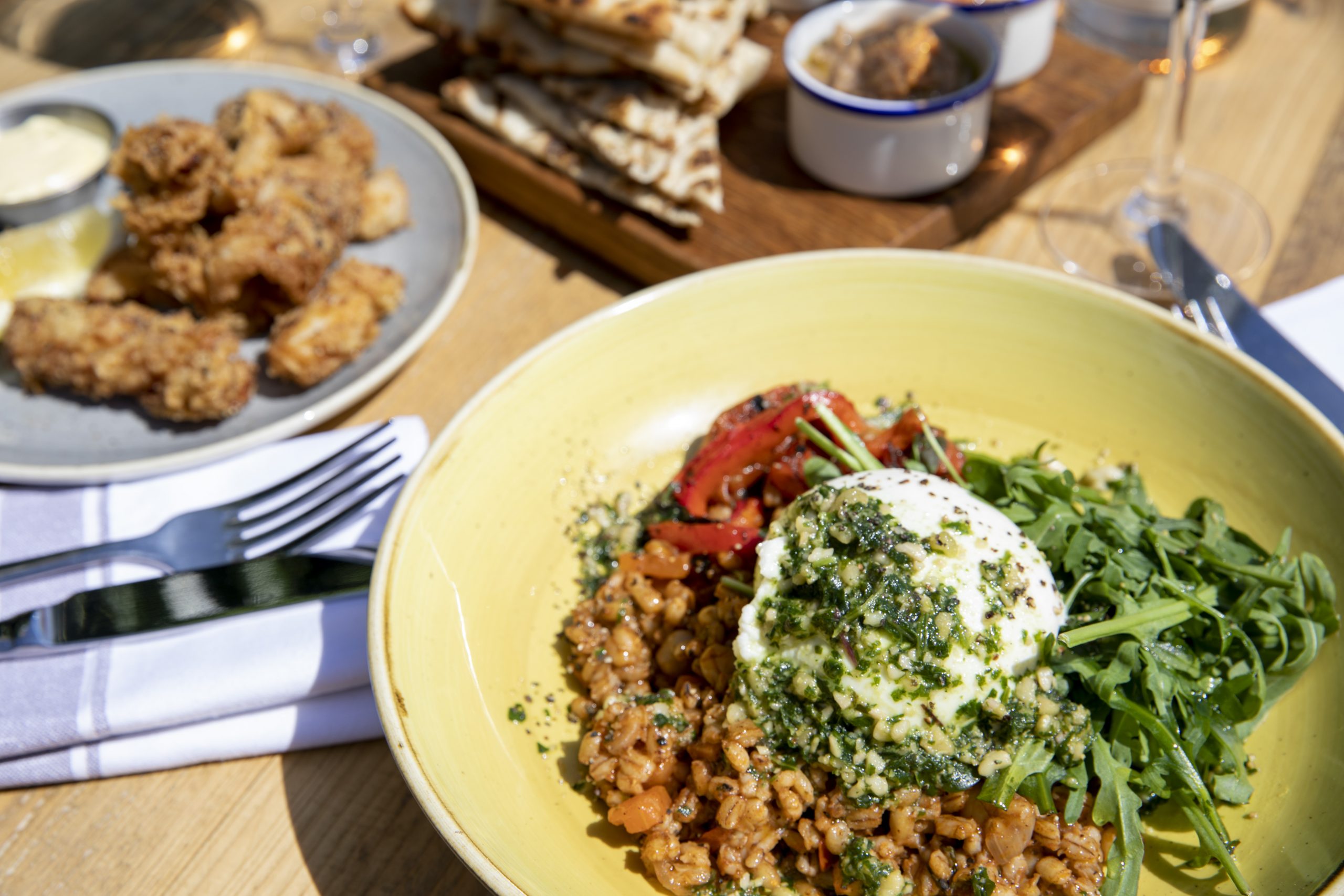How can digital PR affect your SEO (search engine optimisation)? PR coverage gained in high-ranking online titles can go a long way in improving your SEO ranking, and can have many important benefits for other elements of your marketing mix when considered as part of a wider digital marketing strategy. Find out more by reading on.

Many people traditionally think of PR as being about generating coverage in a newspaper or magazine.
While this is still incredibly important (and something we do regularly for our clients) it’s important to understand how online or digital PR coverage can improve your website’s performance and contribute to your overall marketing strategy in an increasingly digital world.

Consider PR as being at the top tier of the marketing funnel – the awareness stage. One of our main jobs as a PR agency is to identify relevant opportunities, then make journalists aware of our clients’ products or services, and explain how they are appropriate for a publication’s audience.
Following a pitch, press trip, or discussion with a journalist, a client’s product or service may be mentioned and linked to in an online review or round-up piece. Those reading the article are likely to click through to the client’s website, which increases website traffic, or people visiting the website.
Fundamentally, the more clicks that come to your website from reputable sites improves where you sit in the search engine results pages – otherwise known as SERPs – which are the pages that come up on Google when you search for a specific term.
Having more people clicking through to your website also opens up opportunities with online advertising, for example, remarketing to website visitors on social media and Google – so digital PR is definitely worth considering as part of your wider digital marketing strategy.

News sites (for example The Times, The Sun, The Daily Mail, The Daily Telegraph etc) are among the top-ranking websites on Moz, with domain authority scores (a measure of how well a site is likely to perform in search engine results pages) of over 90/100.
This is cumulative, so the more top-performing news sites that your product or service is mentioned on, the higher the impact on your SEO performance.
Take being mentioned on The Daily Telegraph and The Daily Mail’s websites, for example. The Daily Telegraph has on average 18,310,000 monthly unique visitors and a domain authority score of 94/100, while The Daily Mail has 33,526,000 monthly unique users and a domain authority score of 93/100 (Newsworks, 2020).
Having a link to your website from these platforms is therefore highly likely to generate clicks to your website, whilst signalling to search engines that your business’ website is a legitimate, trustworthy source for that particular sector.
For example, if you were a gin distillery and your product’s URL appeared in a piece about ‘top gins for 2021’ – and many people visited your website as a direct result – search engines would recognise that you are a good source of information for that and similar search terms, and improve your ranking.
That’s one of the reasons why we include your business’ website in pitches and press releases, with the ultimate goal of them appearing on several high-quality, relevant websites.
Disclaimer: many top-tier media sites contain ‘no-follow’ links, or ones which don’t directly change the search ranking. However, the very nature of having several people click through to your website from high-performing channels like The Daily Telegraph’s website will have a knock-on effect on your search ranking, and allow you to carry out other digital marketing activities.

One main benefit of gaining digital PR content is that online articles can be updated to move with the times, whilst holding their SEO value.
This is as opposed to print coverage, which will be effective for as long as a consumer reads a listing in a publication – traditionally a few days to a week for a newspaper, or around a month for a magazine.
For example, a piece on The Independent’s website listing the ‘top 10 gin brands to try this summer’ can be updated year on year, but will already be highly ranked by search engines like Google. If the publication updates this piece, it will tell search engines that it is timely, relevant content, which will increase the piece’s SEO value, drive traffic to the article, and in turn, the websites of any products mentioned in it.
Again, this opens up a number of options for your digital marketing team, whether that’s setting up a remarketing campaign to target website visitors, or the opportunity to capture new data.

Digital PR coverage is a great way to reach new audiences, especially ones that have moved to looking online for inspiration.
When a high-ranking publication with a strong social media following shares an article, it is likely to receive hundreds of shares, which allows your brand to gain more exposure and clicks to your website (again increasing your search ranking), and helps you to pick up more social media followers. Sharing the article from your own channels is also a great way to remind your existing followers of why you’re a trusted brand, too.
Find out more about our PR services and how we use SEO tools to inform our work. Contact our team today.